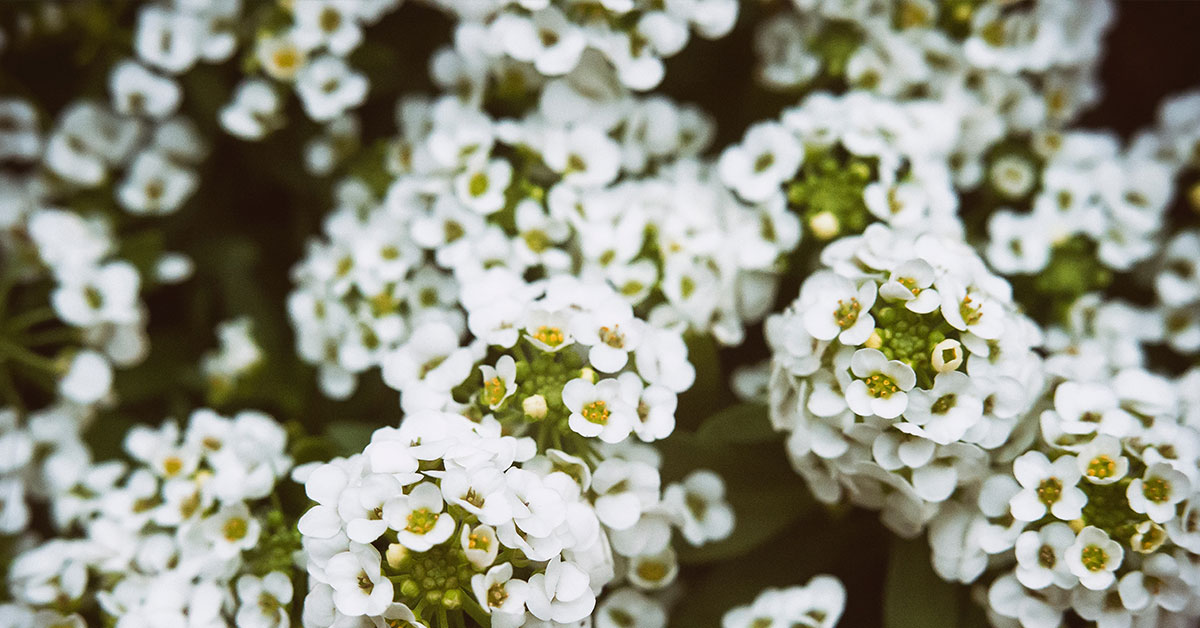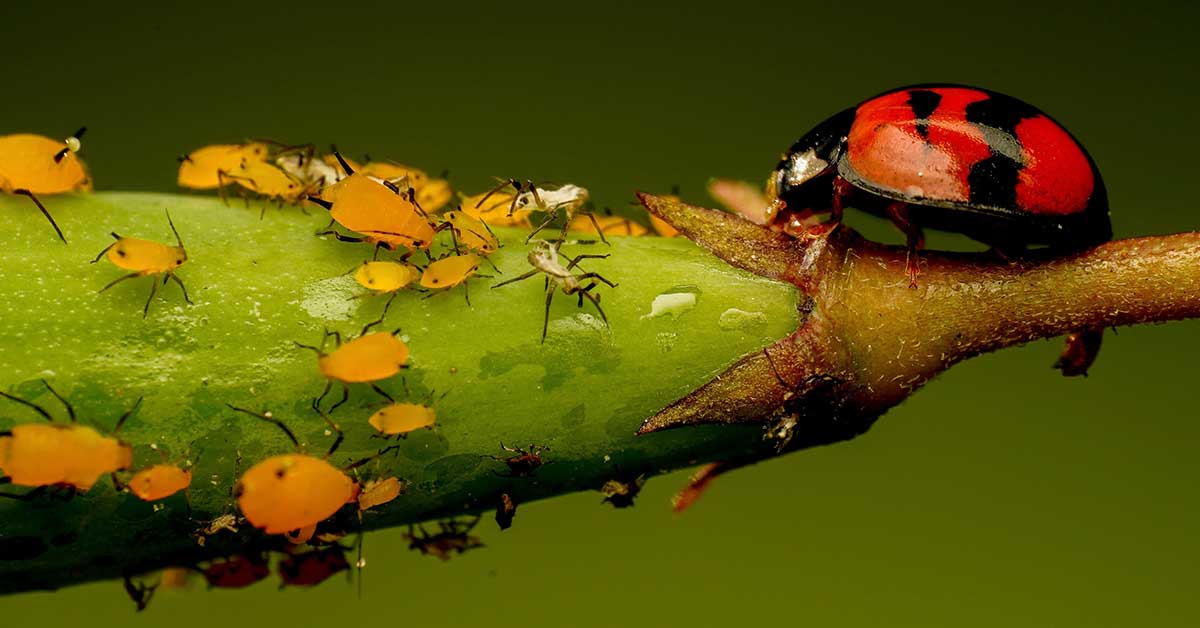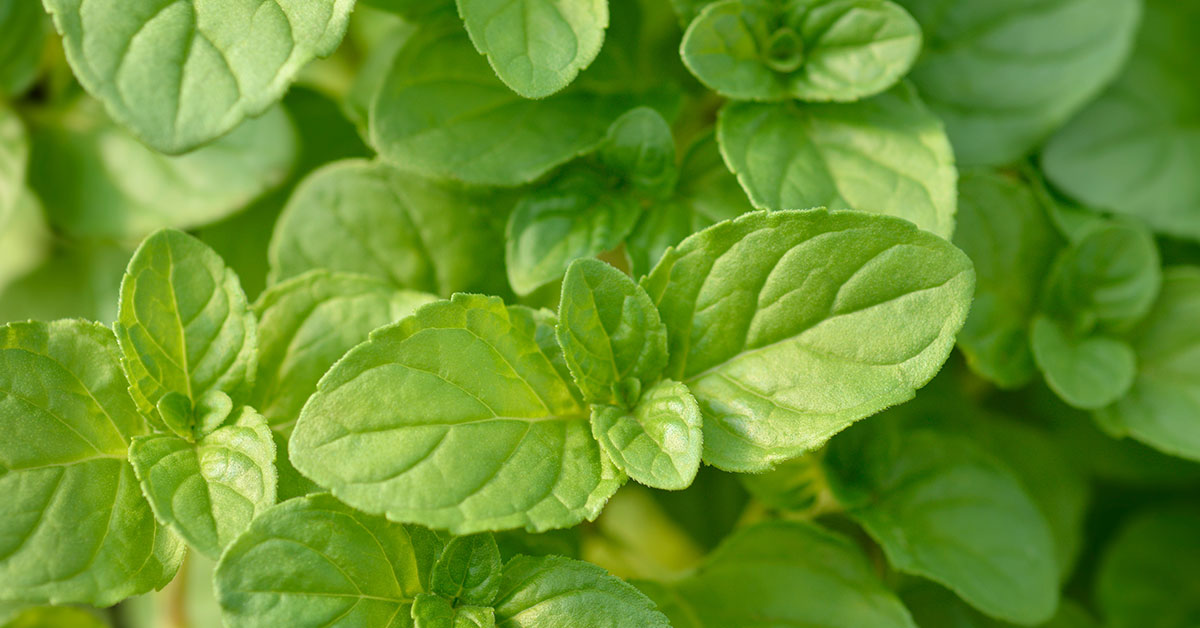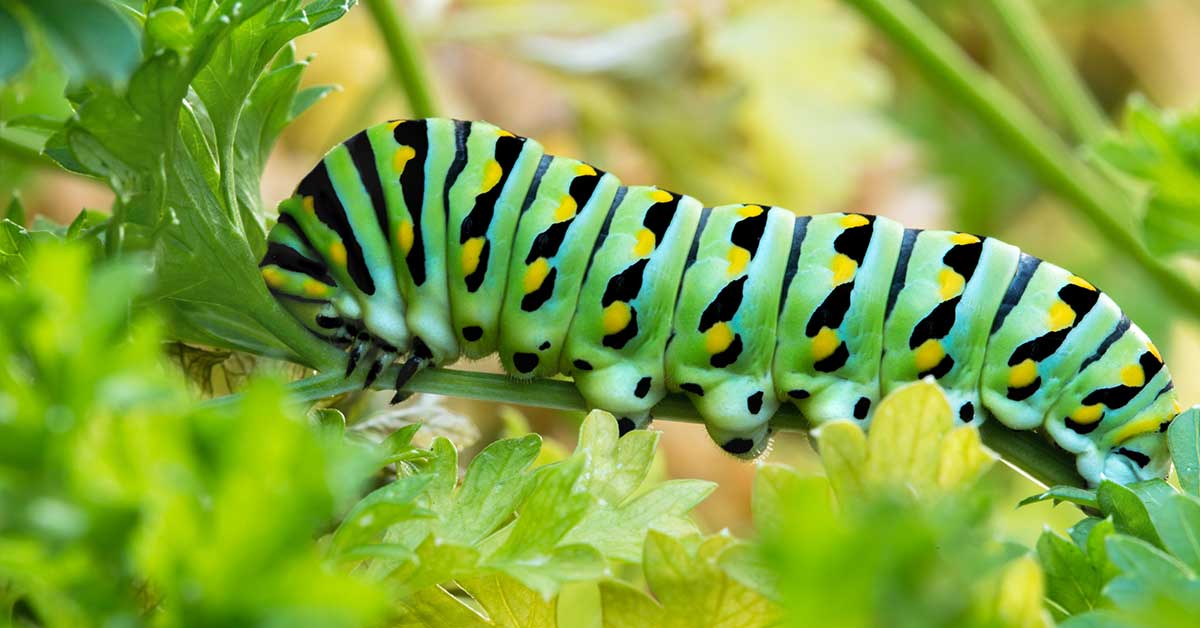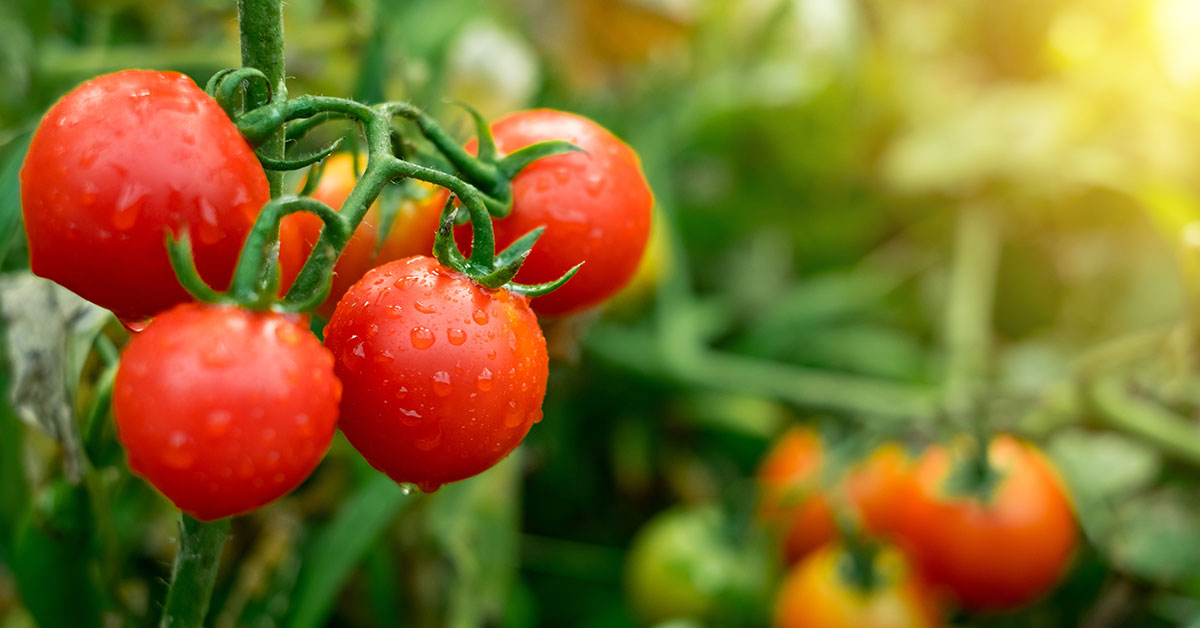Sweet Alyssums, with their delicate clusters of fragrant flowers, are a charming addition to any garden. To ensure their vibrant blooms and healthy growth, choosing the right fertilizer is essential. With a plethora of options available in the market, it can be overwhelming to determine which fertilizer is best suited for these lovely plants.
In this article, we will explore the various factors to consider when selecting a fertilizer for Sweet Alyssums, including the nutrient requirements, soil conditions, and the different types of fertilizers available. By understanding these key elements, you will be equipped with the knowledge to provide your Sweet Alyssums with the optimal nourishment they need to thrive and flourish.
Do Sweet Alyssums need to be fertilized?
Sweet Alyssum plants are generally low-maintenance and do not require heavy fertilization for optimal growth. However, providing some fertilizer can help promote healthier and more vigorous growth. When it comes to fertilizing Sweet Alyssums, it is best to use a balanced, slow-release fertilizer with a ratio of 10-10-10 or 14-14-14. This means that the fertilizer contains equal amounts of nitrogen (N), phosphorus (P), and potassium (K). These nutrients are essential for plant growth and development.
You can apply the fertilizer once at the beginning of the growing season or divide the recommended dosage into two or three applications throughout the growing period. Be sure to follow the instructions on the fertilizer package for the correct application rate. It’s important not to over-fertilize Sweet Alyssums, as excessive nitrogen can lead to lush foliage growth but fewer flowers.
Additionally, avoid using high-phosphorus fertilizers, as Sweet Alyssums do not have high phosphorus requirements. In general, Sweet Alyssums prefer a slightly lean soil, so it’s better to under-fertilize than over-fertilize. Regular watering and providing adequate sunlight are also crucial for their overall health and growth.
The best fertilizer for Sweet Alyssums
For growing Sweet Alyssums, a balanced fertilizer with equal amounts of nitrogen (N), phosphorus (P), and potassium (K) is recommended. Look for a fertilizer with an NPK ratio of 10-10-10 or 20-20-20. This will provide the necessary nutrients for healthy growth and flowering.
Additionally, Sweet Alyssums prefer a slightly acidic soil with a pH range of 6.0-7.0. If your soil pH is outside this range, you may need to adjust it using amendments such as sulfur or lime.
It’s important to follow the instructions on the fertilizer packaging for application rates and frequency. Generally, it’s best to apply fertilizer to Sweet Alyssums every 4-6 weeks during the growing season. Be careful not to over-fertilize, as this can lead to excessive foliage growth at the expense of flowers.
When to fertilize Sweet Alyssums
The ideal time to fertilize Sweet Alyssums plants is in early spring, just before new growth begins. This will provide the plants with the necessary nutrients to support healthy growth throughout the growing season. Additionally, you can also fertilize them once a month during the active growing period to promote continuous blooming. It’s important to follow the instructions on the fertilizer packaging and avoid over-fertilizing, as this can lead to excessive foliage growth and reduced flowering.
Common issues with fertilizing Sweet Alyssums
When fertilizing Sweet Alyssums, there are a few common issues or problems that can arise:
- Overfertilization: Sweet Alyssums are relatively low-maintenance plants and do not require heavy fertilization. Overfertilizing can lead to excessive growth, weak stems, and reduced flowering. It is important to follow the recommended dosage and frequency of fertilization.
- Nitrogen imbalance: Sweet Alyssums prefer a balanced fertilizer with equal amounts of nitrogen (N), phosphorus (P), and potassium (K). Excessive nitrogen can promote lush foliage growth at the expense of flower production. Look for a fertilizer with an NPK ratio of around 10-10-10 or similar.
- Nutrient deficiencies: Insufficient fertilization can lead to nutrient deficiencies in Sweet Alyssums. Common deficiencies include yellowing leaves (indicating nitrogen deficiency), poor flowering (indicating phosphorus deficiency), or weak growth (indicating potassium deficiency). Regularly monitor the plants for any signs of nutrient deficiencies and adjust the fertilization accordingly.
- Incorrect timing: Timing is crucial when fertilizing Sweet Alyssums. It is best to apply fertilizer during the active growing season, typically in spring and early summer. Avoid fertilizing during periods of dormancy or extreme weather conditions.
- Improper application: When applying fertilizer, it is important to distribute it evenly around the plants and avoid direct contact with the foliage. Fertilizer granules or liquid should be spread around the base of the plants and watered in thoroughly to prevent burning the roots or causing damage to the leaves.
To ensure healthy growth and abundant flowering, it is recommended to follow the instructions on the fertilizer packaging, regularly monitor the plants for any signs of nutrient deficiencies, and adjust the fertilization regimen accordingly.
